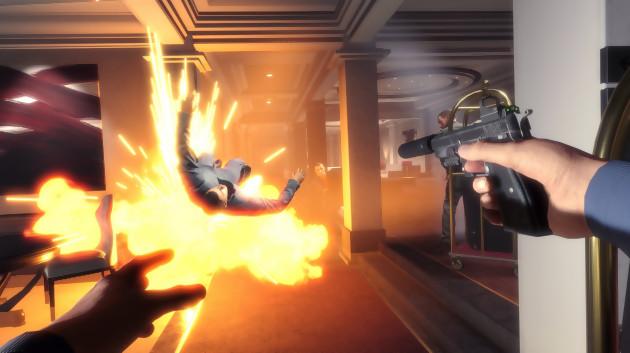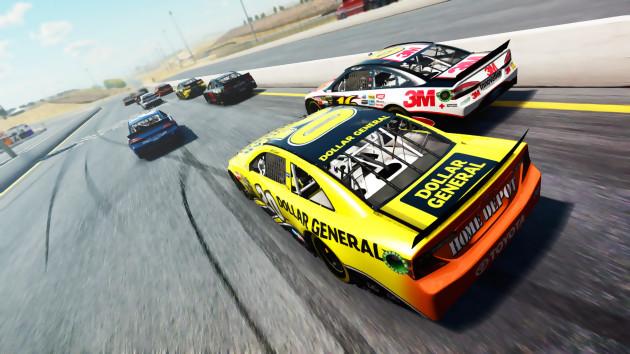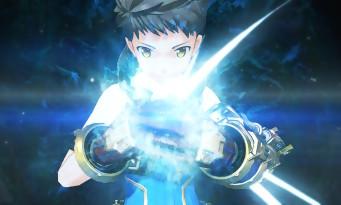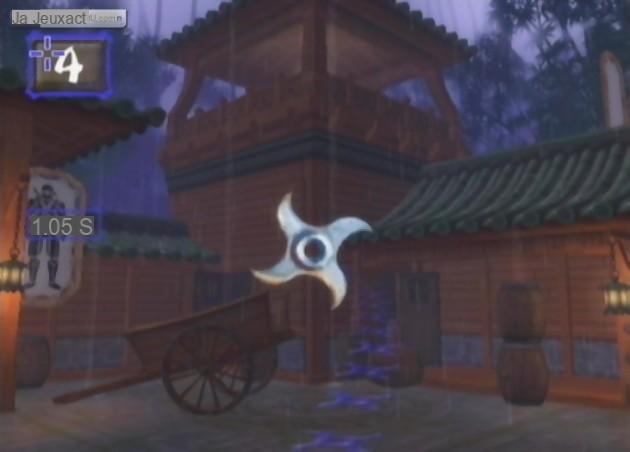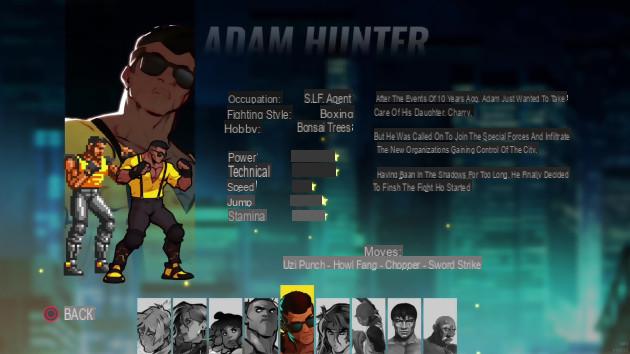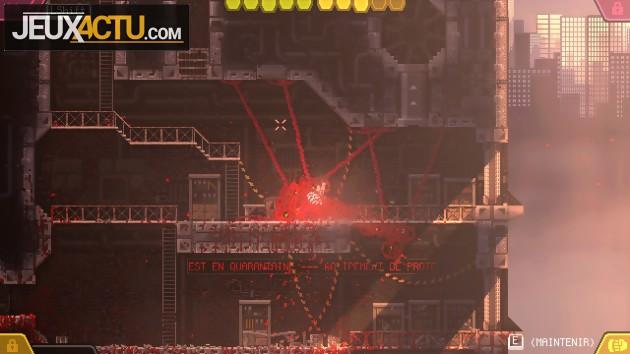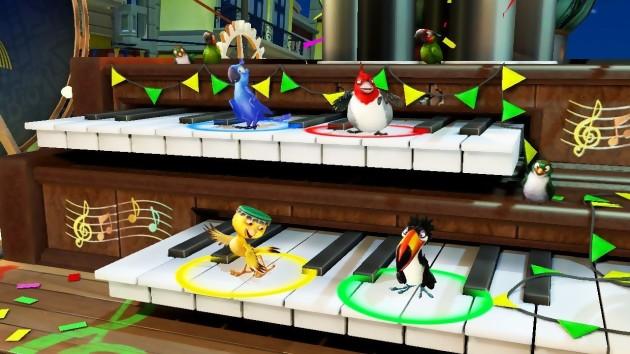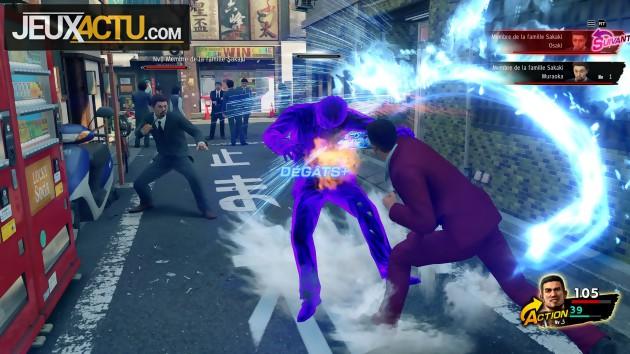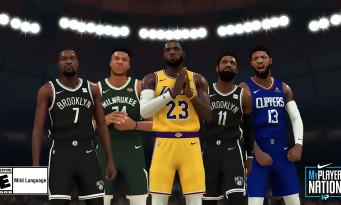
8K has recently become one of the buzzwords to tout the capabilities of upcoming video game consoles, all of which are described as "8K ready". Of course, we already know how difficult it is to get a sufficiently smooth and beautiful game in 4K today, which makes us think that native 8K titles are not for tomorrow. But then what is the interest of such a screen? It's very simple: since the arrival of 4K, manufacturers have been working relentlessly on their upscaling technologies, so that customers can take advantage of the high resolutions offered by the latest televisions, while native 4K content remains extremely limited. The more time passes, the more the systems are developed, and today, we will be able to take advantage of Sony's best upscaling system: the 8K X-Reality Pro. The objective is always to multiply by 4 the number of pixels, in order to pass this time the 4K content of our current consoles into 8K content. Moreover, be aware that the image is for its part processed by the X1 Ultimate chip, the high-end of the Japanese brand that can be found for example in the OLED AF9 television.
HEAVYWEIGHT
Right out of the box, the ZG9 impresses. Indeed, our test copy was not delivered in a box, or even in a crate, but in a flycase weighing more than 120Kg which would have been largely in its place backstage at the last AC/DC concert. It must be said that with its extraordinary dimensions, the beast required the participation of the entire editorial staff to be installed. We can even say that it is the most physical unboxing of Maxime Chao's career. Entirely black, the screen adopts a fairly raw industrial look, with many fins above and below the slab. Far from being an innocent stylistic decision, these appendages are perfectly functional, and contribute to the cooling of the whole. It must be said that the HDR Full Array LED panel is particularly powerful with its 4 nits, and its 000 different lighting zones, which is quickly felt. Indeed, the ZG700 consumes 9 Watts and gives off a really intense heat for a TV. After a few hours of use, the small room in which we conducted the tests was noticeably warmer than the rest of the offices, despite the air conditioning blowing. You can also feel the intense radiation of the slab by approaching the surface with your hand, which is really impressive.
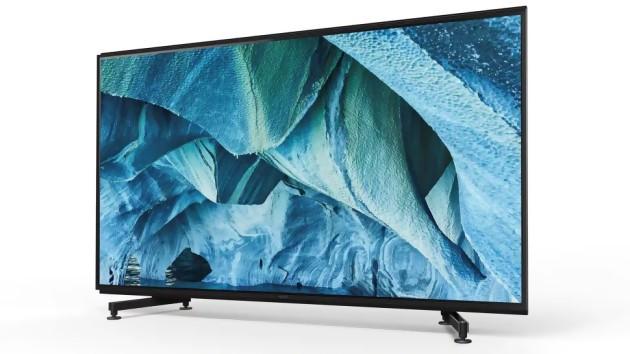
At the back, there is a generous connection with 4 HDMI, one of them being compatible with 8K 60fps thanks to the 2.1 standard. Be aware, however, that no source is currently compatible with HDMI 2.1, but we are counting on next gen consoles to correct this problem. Three USBs are available, one of which is 3.0 compatible, while you can also connect the TV via Ethernet or Wi-Fi via an RJ45 port. As for audio, there are 3.5mm sockets, as well as an optical output. Like most Sony TVs, the ZG9 uses Android TV in its Oreo version. The only small disappointment is that the chip is not powerful enough to play 8K videos present on YouTube. On this platform, it will therefore be necessary to be satisfied with 4K, fortunately upscaled. We can also take advantage of voice recognition via Google Assistant, and as the TV has a built-in microphone, there will not even be a need to use the remote control. Finally, be aware that by updating the firmware of the TV, we will benefit from Dolby Atmos sound, since the imposing chassis contains two speakers above the screen, and two others below, this which also allows a sacred sound level and impeccable quality.
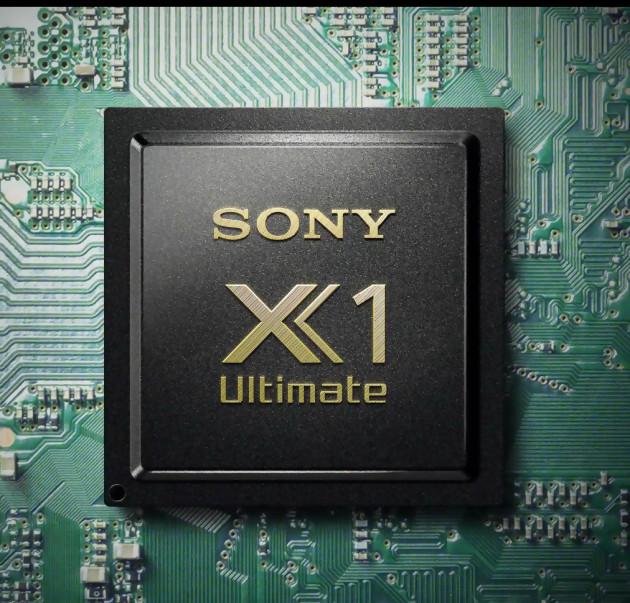
RETINA FRACTURE
Our first use of this ZG9 was therefore to connect a player specifically provided by Sony to it in order to have native 8K content. Here, no standard equipment, but rather a case that seems to have been assembled in the garage of a rather gifted electronics engineer. No 8K player existed, this player was actually playing 4 4K files, each making up a quarter of the frame. The decoder is then connected via 4 conventional HDMI cables to another box, which will reattach the four quarters of the 4K image to it, in order to make a beautiful 8K image coming out via the famous HDMI 2.1 cable to go to the TV. Without lying to you, the slap is real. The image is ultra-detailed, and the smallest details are visible in an ultra-sharp way. At such a resolution, one could have thought that all this deluge of pixels is no longer really of interest, but no. It's very simple, the transition from 4K to 8K is an even more violent slap than the transition from 1080p to 4K. If the difference with full HD is obvious on the urban aerial panoramas, and on the animal images which allow to have a super thin coat, it remains largely striking on the video game images, including the demo of Gran Turismo Sport which was provided.
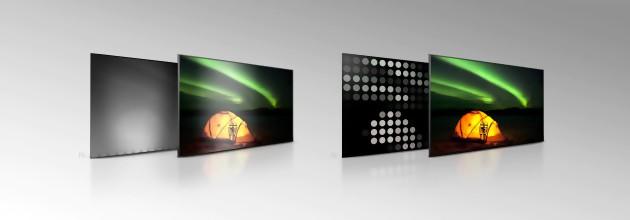
On these sublime videos, the only small complaint finally concerns the HDR which suffers a little from the problem of "blooming" on the LED panel. The blacks are not as deep as on OLED, and we sometimes perceive a gray halo around the edges of the screen, or certain objects when watching a movie or a video, whether in 4K upscaled or in 8K. The good news is that thanks to its upscaling capabilities, the ZG9 really offers visual added value, even when you plug in a 4K source. We were able to enjoy it on the many Youtube videos in 4K which take on a new dimension on this panel. In-game, things are a bit more variable. Tested with an Xbox One X (there is no advantage in connecting a Sony console), the TV does very well in games where the camera does not move too much, and which are rendered in 4K Native. We thus obtained the best results on Forza Motorsport 7, knowing that we gain visually, but also with regard to the spatialization of the sound, which is very practical to hear the engines of the competitors who try to make us inside. in blind spots.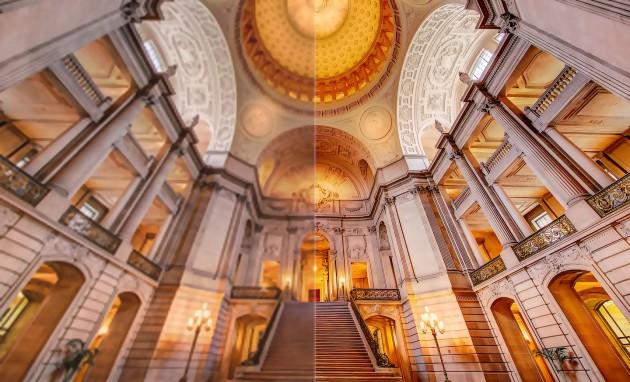
In any case, we must clearly favor native 4K content, and at all costs avoid upscaling an image that is already artificially stretched.
Conversely, the 8K X-Reality Pro had more trouble on Red Dead Redemption 2. Rockstar's open world is sublime when you're dealing with a beautiful panorama, and the camera doesn't move too much. On the other hand, once at full gallop, the contours of our character, as well as the bottom of the image, become more blurred, which makes us think that the upscaling system seems to have a workload that exceeds its capacities. In any case, we must clearly favor native 4K content, and at all costs avoid upscaling an image that is already artificially stretched. You should know that we were not even able to push the display to its limits, since the ZG9 is capable of displaying 8K at 60fps, or 4K at 120fps. In short, this type of screen awaits the next gen' with a firm footing. The only problem? It is of course the price that is involved, since this jewel of technology is exchanged for €15, while its 000-inch version (98 kg and 100 watts of power consumption) is displayed at €1200, or the price of a Tesla Model Y in its Performance finish. In short, it is a toy for wealthy people, but above all a real prototype available for purchase, which allows us to see what tomorrow will bring.










